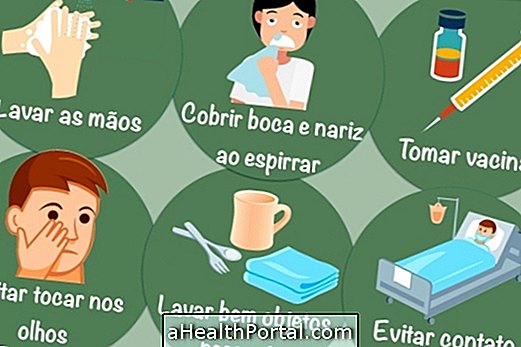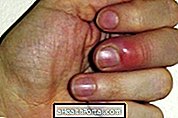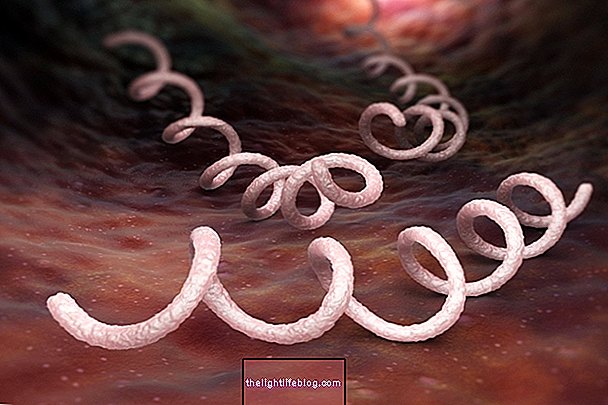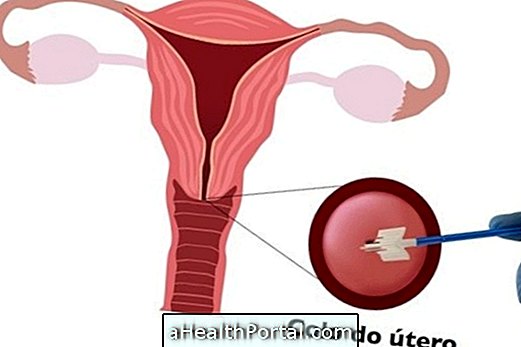This influenza, also called influenza A or H1N1, is a type of influenza caused by the virus Influenza A H1N1, which in addition to humans also affects the pigs.
This flu is transmitted from person to person in the same way as common cold, but causes stronger and more sudden symptoms, causing complications such as shortness of breath, pneumonia and death when not treated properly. See all the symptoms of this disease here.
How the virus is transmitted
H1N1 flu is transmitted in the same way as ordinary flu, mostly through contact with contaminated objects such as cutlery and cups, or through the saliva and respiratory secretions of sick people.
In addition, it is possible to get the flu when it comes in contact with sick animals, but consumption of pork does not transmit this disease because the virus is eliminated during cooking.

How to prevent
To prevent contamination by this type of flu as well as to prevent passing the disease to other people, the following precautions should be taken:
- Take flu shots at times of campaign;
- Wash your hands often, especially when using the bathroom or after arriving home;
- Cover your hand and nose with a tissue when you sneeze and cough;
- Avoid catching eyes, mouth or nose during the day;
- Avoid contact with people with flu symptoms;
- Avoid contact with pigs from disease outbreak areas;
- Clean objects such as toys, countertops, door knobs, telephones, and kitchen utensils with soap and water or disinfectants;
- In case of symptoms, avoid contact with other people until 24 hours after the fever improves.
In addition, children under the age of five, elderly people over 65, pregnant women and people with diseases that weaken the immune system, such as AIDS or asthma, should avoid crowded places.
To help with proper diagnosis, see how to differentiate symptoms of the common cold, H1N1 flu and zika.

























